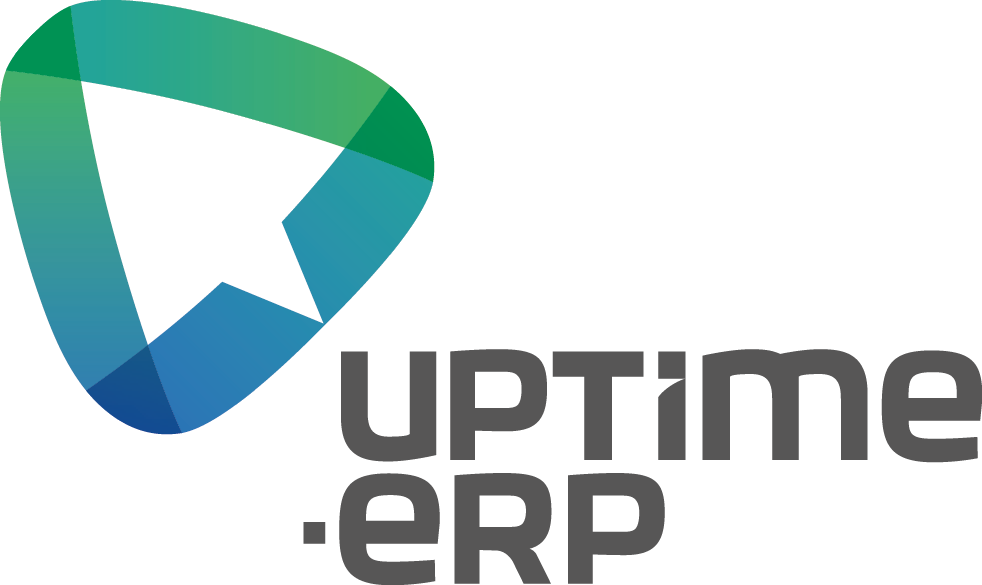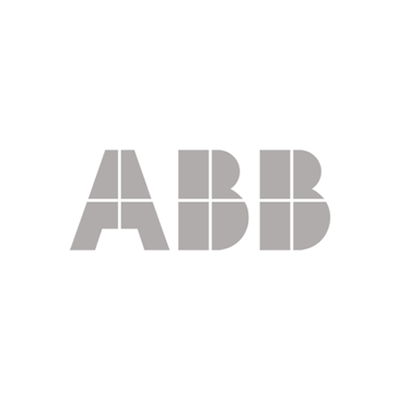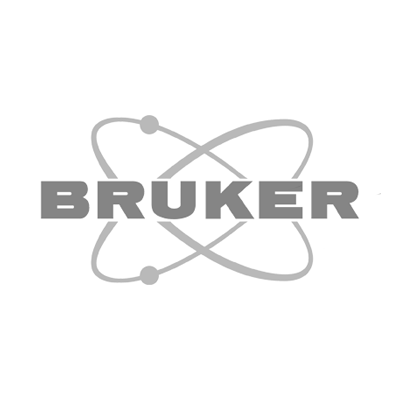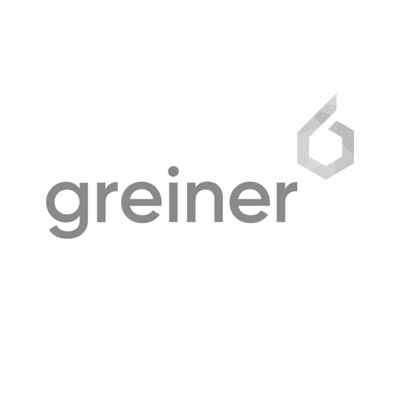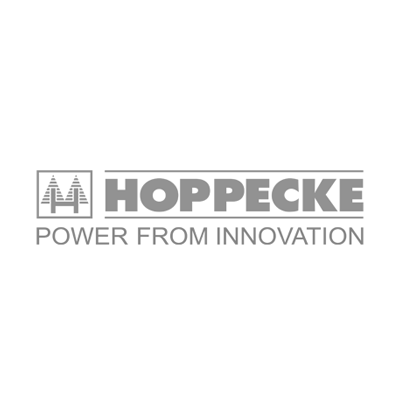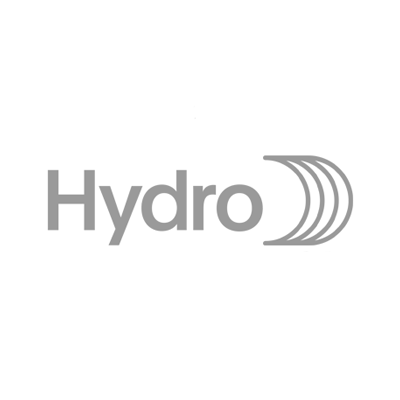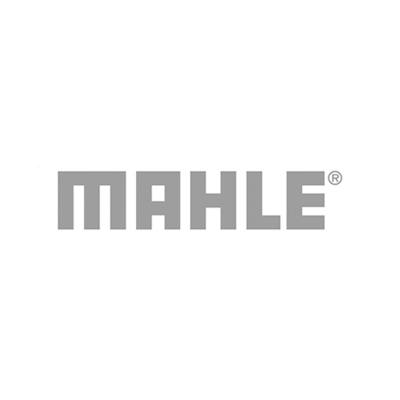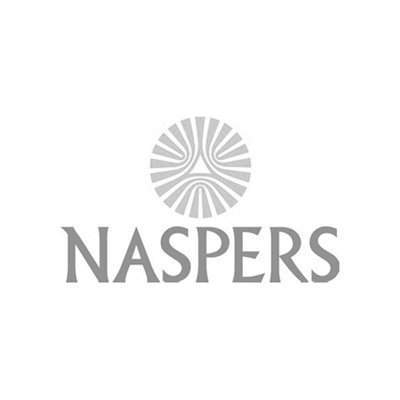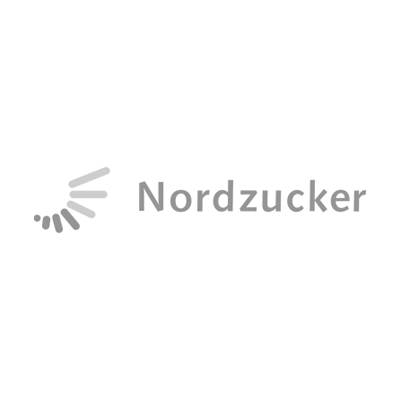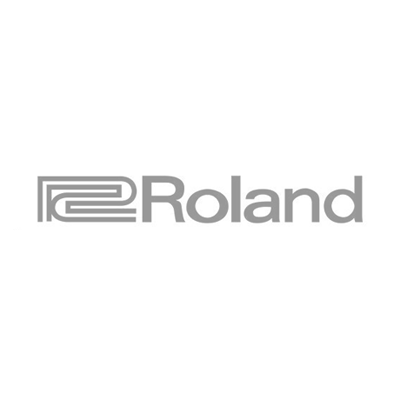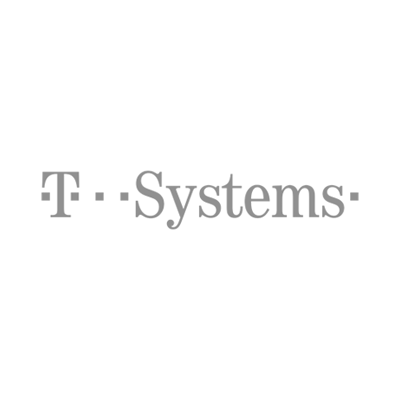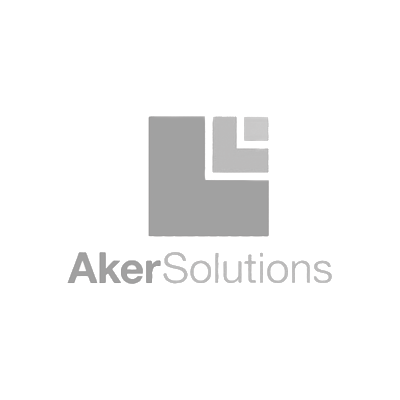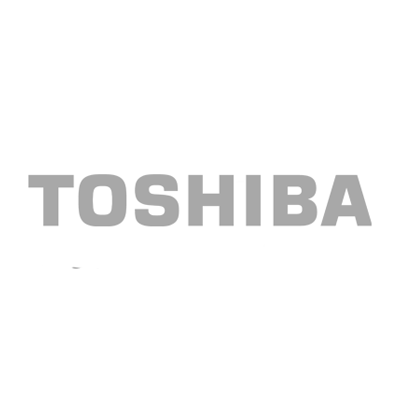How can you ensure the secure submission of invoices to the National e-Invoicing System (KSeF) without creating additional work for your team? This is a question that many business owners are asking as they will soon be required to send invoices to KSeF. A good example of a solution that meets government requirements while optimizing work time is the custom KSeF from UpTime ERP, already used by a significant number of clients, including Oceanic.
For many business owners, the postponement of the deadline for mandatory KSeF requirements feels like a ticking time bomb. Company representatives fear that complying with government guidelines for e-invoice circulation will necessitate hiring new staff or burden existing employees with additional tasks. Their concerns also extend to ensuring the security of document submissions and potential issues related to updates in the government system and SAP. Are these concerns justified? Let’s examine this through the example of UpTime ERP’s custom KSeF solution!
National e-Invoicing System – New Deadlines
The obligation to issue structured invoices through the National e-Invoicing System (KSeF) was initially set to take effect on July 1, 2024. However, due to the identification of critical system errors, the Ministry of Finance decided to postpone the mandatory implementation of KSeF for businesses. The updated deadlines are outlined in the amendment to the VAT Act, signed by President Andrzej Duda on June 5, 2024. As a result, companies now have more time to prepare for the commencement of document submissions to the National e-Invoicing System.
Starting February 1, 2026, KSeF will become mandatory for companies whose sales value (including tax) exceeds 200 million PLN in 2025. Two months later, on April 1, 2026, it will be obligatory for all businesses. Despite the extended deadline, we are already seeing growing interest from companies in our solution designed for integrating KSeF with the SAP system, says Eryk Krysztofiak, Managing Partner at UpTime ERP.
KSeF Isn’t So Scary After All…
The introduction of the National e-Invoicing System (KSeF) is intended to enhance the monitoring of VAT compliance. This will be achieved through the remote tracking of documents by the National Revenue Administration. Businesses are generally not enthusiastic about new obligations imposed by the government, especially when they aim to tighten controls. However, it’s important to remember that implementing KSeF can offer companies tangible benefits.
- Faster VAT refunds for companies – The refund period is reduced from 60 to 40 days, improving business cash flow.
- Confirmation of invoice receipt by the contractor – This is particularly important when issuing corrections.
- No need to issue duplicate invoices.
- Invoice archiving in KSeF for 10 years, starting from the end of the year in which the document was issued.
- No requirement to submit JPK_FA files.
KSeF from UpTime ERP – A Wealth of Benefits Without Extra Clicks
Utilizing the advantages of the mandatory KSeF implementation doesn’t have to mean burdening your team with additional work. Companies looking to optimize their workflow can opt for the proprietary solution from UpTime ERP. Our experts have developed a fully “self-service” solution that operates in the background, requiring not a single extra click from employees.
Documents are sent and received exclusively within the SAP system, so users do not need to log in to external portals. While performing standard transactions in SAP, our solution transforms the documents according to government guidelines and sends them to the Ministry of Finance’s server. As part of two-way communication, UpTime ERP’s KSeF can also receive information from the ministerial server generated by the National e-Invoicing System, such as the KSeF number, session number, and dispatch number.
Our clients are often surprised to find that meeting the government’s e-invoicing requirements does not require additional work from their team. As former corporate employees, we understand how crucial time optimization is, which is why our solution emphasizes that all processes occur in the background—without user involvement. Employees continue to perform their tasks exactly as they did before KSeF implementation, and after the implementation, their workload remains unchanged, explains Sławomir Dominiczak, SAP FI/CO Expert at UpTime ERP.
The proprietary solution continuously monitors the accuracy of data transmission. If an issue arises, such as a temporary disruption in access to the ministry’s server, an authorized SAP user will receive an email notification about the error.
Security and No Unpleasant Surprises – Even After Updates
Integration of SAP with KSeF can be done in various ways. With UpTime ERP’s proprietary KSeF solution, data from SAP is sent directly to KSeF. Unlike our competitors, we do not use external servers, which enhances the security of invoice transmission to the Ministry of Finance’s server. According to government guidelines, using KSeF requires authentication. We meet these requirements by using a communication token, which is stored in SAP in an encrypted form, inaccessible to standard business users.
The KSeF solution from UpTime ERP is compatible with both SAP ECC and S/4 HANA systems. During implementation, we do not modify the standard SAP tables to avoid potential issues that could arise from future updates to both SAP and KSeF. This approach ensures we have created a reliable solution that will continue to function smoothly in the future, just as it does now.
KSeF at Oceanic – A Challenge Successfully Completed
The KSeF solution from UpTime ERP allows for precise customization of a range of diverse functionalities to meet the individual needs of the client. It also stands out for its capability to define custom field mappings and handle unusual functions that override the standard logic for assigning values to invoice fields. An example of an implementation that required a broad array of personalization options was the deployment at Oceanic.
The client’s system was complex and required numerous adjustments, including those related to the specific and fairly intricate handling of retroactive discount invoices. The Oceanic team meticulously tested the functionality of our solutions, ensuring that UpTime ERP’s KSeF operates correctly even with non-standard configurations, adds Eryk Krysztofiak.
Proper handling of retroactive discount invoices was not, however, the biggest challenge our team faced. The main difficulty was adapting our proprietary solution to changes in the schema structure introduced by the Ministry of Finance during our implementation.
The change in the schema structure gave us the opportunity to thoroughly practice adapting to new conditions. This involved a lot of additional work, but it also confirmed our ability to respond flexibly and handle unexpected challenges, such as future changes in schema structure, for example, from the second to the third version, says Sławomir Dominiczak from UpTime ERP.
Why Should You Trust Us?
Since the implementation of our invoicing solution at Oceanic, we have completed over 20 similar implementations. Some of these were executed solely by our team, while others involved collaboration with external consultants, as we remain open to various forms of cooperation.
Clients often place significant trust in us from the outset due to our extensive experience with JPK_VAT and the White List implementations. Large companies choose UpTime ERP’s solution because they value time savings and system stability. Our effectiveness is confirmed by reference letters and recommendations for subsequent projects. We are always open to discussion, so we warmly encourage anyone interested in implementing our solution to get in touch, concludes Eryk Krysztofiak from UpTime ERP.
